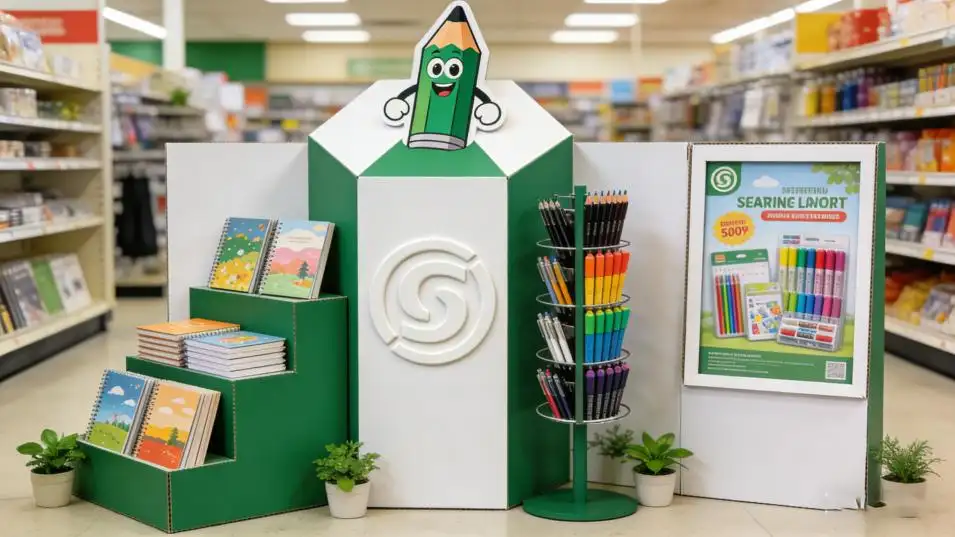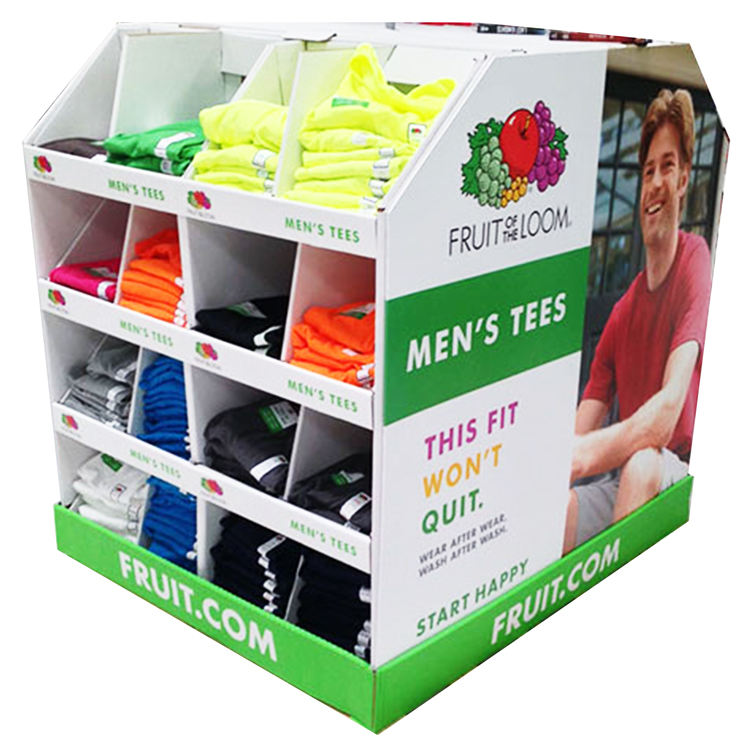Choosing the right display feels complicated. Making the wrong choice can waste your marketing budget and sink your campaign. Understanding the key differences is the first step to success.
The main difference lies in their lifespan and materials. Temporary displays are cost-effective solutions made of standard cardboard for short-term promotions (weeks to months). Permanent displays use durable, premium materials for long-term placement (six months to several years), establishing a lasting brand presence.

Getting this choice right can make or break your in-store marketing efforts. I've spent 16 years in this industry, and I’ve seen firsthand how the right display can dramatically boost sales. The wrong one, however, just becomes expensive clutter. It's about matching the tool to the job. Let's dig into the specifics so you can make an informed decision for your next project.
When Should You Choose a Temporary Cardboard Display?
You have a quick, seasonal promotion coming up. Using a heavy-duty, expensive display is overkill and a waste of money. Temporary displays give you a targeted, affordable solution for these campaigns.
Choose a temporary cardboard display for short-term promotions, seasonal campaigns, or new product launches. They are designed for a lifespan of a few weeks up to three months, making them perfect for testing new products or capitalizing on specific events without a large upfront cost.
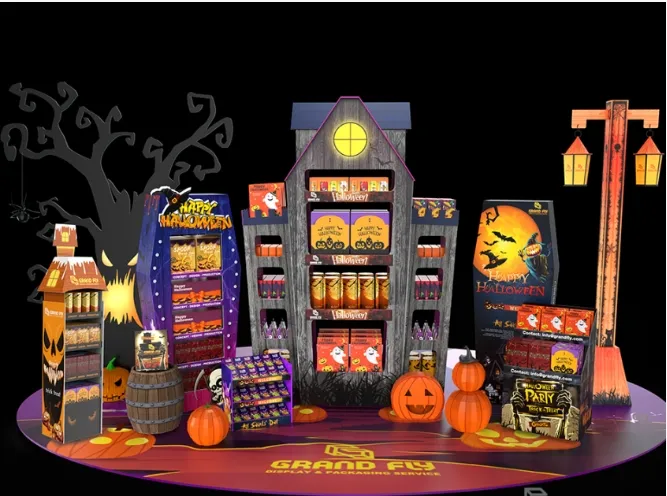
In my experience, temporary displays are the workhorses of retail marketing. They offer incredible flexibility. A client of mine was launching a new line of summer beverages. They weren't sure which flavor would be the most popular. We designed a set of vibrant, low-cost temporary displays to place near the checkout counters in several grocery chains. The whole campaign lasted just six weeks. It was a massive success because it allowed them to gather real-world sales data without committing to a massive, long-term fixture. This is where temporary displays truly shine.
Ideal Scenarios for Temporary Displays
The primary purpose of a temporary display is to generate a quick sales lift or capture attention during a specific timeframe. They work best when urgency and novelty are part of the marketing strategy. Think about these situations:
- Seasonal Promotions: Christmas, Easter, or Back-to-School campaigns are perfect examples. The display is only relevant for a short period.
- New Product Launches: You want to create a big splash and encourage trial, but you may not have committed to permanent shelf space yet.
- Point-of-Purchase (POP) Impulse Buys: Placing a small, eye-catching counter display right by the register can drive a surprising number of last-minute sales.
Key Characteristics
The design of a temporary display is driven by cost-effectiveness and ease of use. It has to look great for its short life, be easy for store staff to set up, and be simple to recycle afterward.
| Feature | Description |
|---|---|
| Lifespan | Typically 3 weeks to 3 months. |
| Best For | Short-term promotions, seasonal events, and product testing. |
| Material | Corrugated cardboard (like B-Flute or C-Flute), which is lightweight and low-cost. |
| Cost | Low initial investment per unit, making them ideal for budget-conscious campaigns. |
| Setup & Disposal | Designed for easy assembly without tools and are 100% recyclable. |
What Makes a Permanent Display Worth the Investment?
You need to establish a solid, long-lasting brand presence in a retail store. Flimsy temporary displays can fall apart and look unprofessional over time, hurting your brand's image. Permanent displays provide the durability and premium feel needed for long-term placements.
A permanent display is worth the investment for its durability and powerful brand-building capabilities. Designed to last six months or more, they use stronger materials to showcase core products, establish a "store-within-a-store" feel, and communicate a message of quality and stability to customers.
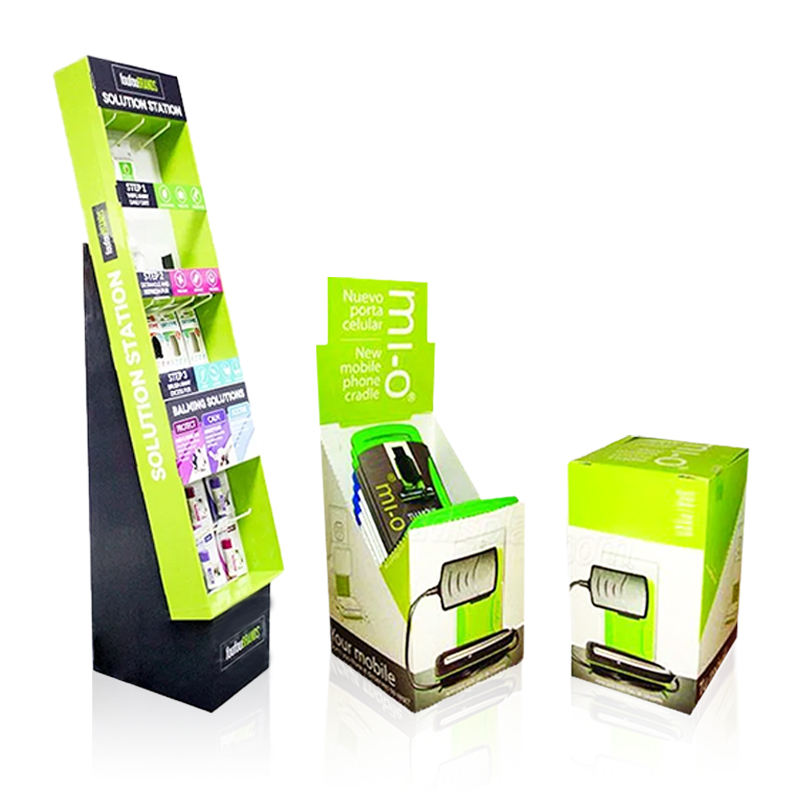
Think of permanent displays as a long-term investment in your brand's retail real estate. They are not for a quick hit; they are for sustained presence. A few years ago, I worked with a cosmetics brand. They were constantly replacing their temporary displays, which were getting damaged in a high-traffic department store. We designed a permanent unit using heavy-duty cardboard, with acrylic details and interchangeable graphic panels. The initial cost was higher, but it lasted for over two years. The cost-per-day of that display ended up being far lower, and the brand's premium perception skyrocketed. It became a destination for shoppers, not just a rack of products.
When a Permanent Display Shines
Permanent displays make sense when you have a product that is a consistent seller and a brand you want to build for the long haul. It tells the retailer and the customer that you are here to stay.
- Showcasing Flagship Products: If you have an "evergreen" product that is a cornerstone of your business, it deserves a permanent home.
- Building a Brand Zone: These displays can create a dedicated space for your brand, separating your products from the competition on the shelves.
- High-Traffic Environments: In busy stores where displays take a beating, durability is non-negotiable. A permanent display can withstand the bumps and knocks of daily retail life.
Defining Features
Everything about a permanent display is built for longevity. From the core materials to the finishing touches, the goal is to create something that lasts and continues to look good month after month.
| Feature | Description |
|---|---|
| Lifespan | 6 months to 3+ years. |
| Best For | Core products, brand building, and high-traffic retail locations. |
| Material | Heavy-duty cardboard, wood, metal, plastic, or a combination of these. |
| Cost | Higher initial investment but often a lower total cost of ownership over time. |
| Reusability | Often designed to be restocked easily or have updateable graphic elements. |
How Do Materials and Cost Differ Between the Two?
Budgeting for your retail display is tough. You don't want to overspend on a short campaign or get a weak display that falls apart when you need it to last for months. Understanding the material and cost trade-offs is crucial for smart budgeting.
Temporary displays use lightweight corrugated cardboard to keep costs low for short-term use. Permanent displays use stronger, more expensive materials like industrial-grade cardboard, wood, or metal to ensure longevity. The choice hinges on balancing your campaign's timeline with your available budget.
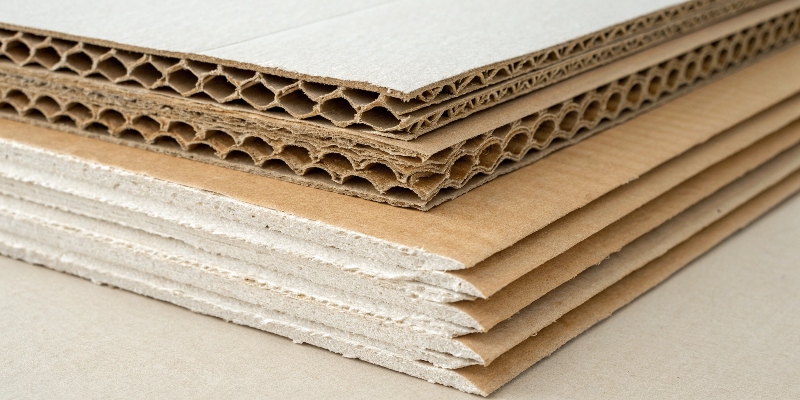
The conversation about cost is never just about the price tag. It's about value. I always ask my clients, "What's the cost of failure?" For a two-week promotion, the cost of failure is low, so an inexpensive temporary display is perfect. But for a year-long placement of your star product, the cost of a failing display—in lost sales and brand damage—is huge. That's why investing in the right materials for a permanent unit is so important. You’re not just buying a display; you’re buying peace of mind and a consistent brand message.
Material Breakdown
The materials we choose directly impact the display's look, feel, strength, and price.
- Temporary Displays: We typically use single-wall corrugated cardboard, like B-flute or C-flute. It's lightweight, prints beautifully, and is very cost-effective. The focus is on creating maximum visual impact for a minimal cost, with the added benefit of being easy to recycle.
- Permanent Displays: Here, we step up to more robust options. This can include double-wall or triple-wall corrugated board, which is incredibly strong. Often, we mix materials, using a wood (MDF) base for stability, metal uprights for support, and plastic or acrylic for shelves and sign holders. This hybrid approach gives us both durability and a premium finish.
The Cost Equation
It is critical to look at cost from a long-term perspective to calculate your real return on investment (ROI). A simple price-per-unit comparison can be misleading.
| Aspect | Temporary Displays | Permanent Displays |
|---|---|---|
| Primary Material | Standard corrugated cardboard | Heavy-duty cardboard, plastic, wood, metal |
| Unit Cost | Low | High |
| Long-Term ROI | High for short campaigns; poor for long-term use. | Low for short campaigns; very high when used over its full lifespan. |
| Graphics | Graphics are printed directly on the structure. | Often features high-end finishes and interchangeable graphic panels. |
Conclusion
Choosing between temporary and permanent displays all comes down to your campaign goals, timeline, and budget. Use temporary displays for short-term impact and permanent displays for long-term brand building.



